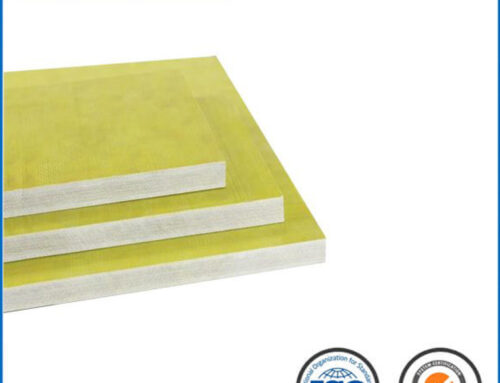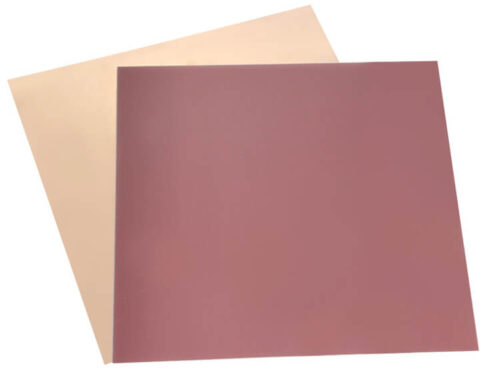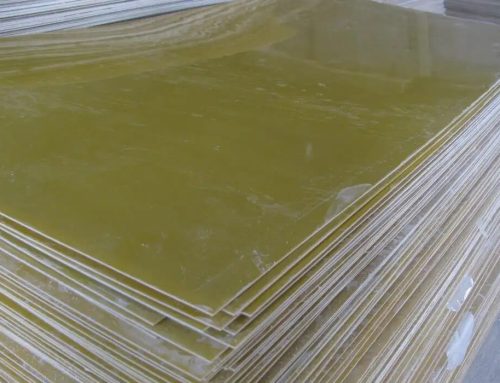FR4, a renowned material in PCB (Printed Circuit Board) manufacturing, takes a leap forward with FR4 ESD, designed specifically to address the challenges posed by Electrostatic Discharge (ESD). This article delves into the intricacies of it, exploring its composition, characteristics, and the protective measures it brings to electronic devices. From understanding the threats of ESD to exploring the applications of it in diverse industries, this unveiling sheds light on the advancements in ensuring the reliability and longevity of electronic components.
1. Understanding Electrostatic Discharge (ESD): The Silent Threat
ESD in Electronics:
Electrostatic Discharge is the sudden flow of electricity between two charged objects, posing a significant threat to electronic components.
The sensitive nature of modern electronics makes them susceptible to ESD, leading to potential damage and malfunctions.
Impact on PCBs:
PCBs, being a core component in electronic devices, are vulnerable to ESD.
ESD events can compromise the functionality and lifespan of electronic components, necessitating protective measures.
2. Composition of FR4 ESD: The Guardian Against ESD Threats
ESD-Resistant Additives:
FR4 ESD incorporates additives that enhance its resistance to electrostatic discharge.
These additives are strategically blended with the traditional FR4 composition to create a material capable of safeguarding against ESD events.
Maintaining Core Properties:
While addressing ESD concerns, it maintains the core properties of traditional FR4, ensuring stability, mechanical strength, and electrical insulation.
3. Characteristics of FR4 ESD: Bridging Protection and Performance
ESD Dissipation:
FR4 ESD is engineered to dissipate electrostatic discharge safely, preventing the accumulation of harmful charges on the PCB surface.
This property is crucial for maintaining the integrity of sensitive electronic components.
Electrical Insulation:
Just like traditional FR4, it remains an excellent electrical insulator, preventing unintended electrical conduction between traces on the PCB.
The material’s insulation properties contribute to reliable circuit performance.
4. Applications in Diverse Industries: Ensuring Reliability
Electronics Manufacturing:
FR4 ESD is a preferred choice in the manufacturing of electronic devices, where protection against ESD is paramount.
It ensures that electronic components remain unharmed during the production process.
Aerospace and Defense:
In aerospace and defense applications, where electronics operate in demanding environments, it provides the necessary protection.
It is instrumental in maintaining the functionality of critical electronic systems.
5. Compliance with Industry Standards: Meeting ESD Regulations
ESD Protection Standards:
FR4 ESD is designed to meet and exceed industry standards for ESD protection.
Compliance with these standards ensures that electronic devices incorporating it adhere to global regulations.
Quality Assurance:
Manufacturers utilizing FR4 ESD can benefit from the assurance of quality and reliability in their electronic products.
The material’s adherence to standards reflects a commitment to producing electronics with enhanced durability.
Conclusion: FR4 ESD – Fortifying Electronics Against Electrostatic Discharge
As FR4 ESD is unveiled, its role in fortifying electronics against electrostatic discharge becomes a crucial aspect of modern PCB technology. From understanding the nuances of ESD threats to exploring the protective characteristics of FR4 ESD, this advanced material paves the way for enhanced reliability and longevity in electronic devices. As industries continue to push the boundaries of innovation, FR4 ESD stands as a key player, ensuring that electronic components remain resilient in the face of electrostatic challenges, ultimately contributing to the advancement of technology across diverse sectors.
More:




